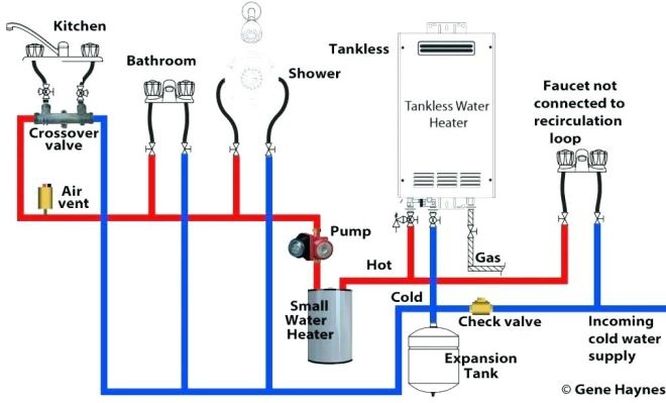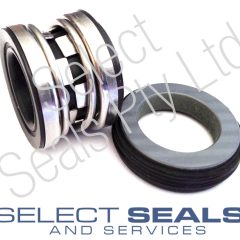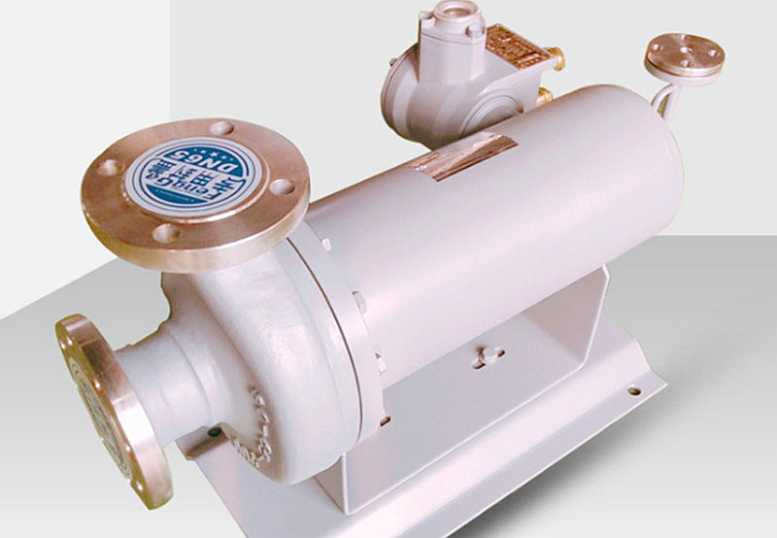In Pursuit of the Leak-Free Pump
MAGNETIC COUPLINGS and wet rotors are key features contributing to the technology of achieving a leak-free pump.
Xylem’s Flygt Pump Helps Wash 250,000 Tons of Tomatoes a Year

To solve the wear problem, Rodolfi adopted the Flygt 3171 – a state-of-the-art, energy-efficient wastewater pump with N-technology and an innovative self-cleaning impeller.
THE ITALIAN tomato processing company Rodolfi has been in operation for 120 years, picking and preserving tomatoes from local fields. Today, the company processes 250,000 tons of tomatoes per year, but sand in the water was causing too much wear on their pumps.
Plumbing Company Learns to Adapt to What Customers Want
KNOWING WHEN and how to adjust to industry changes allows New York’s Nebrasky Plumbing to grow from a once bankrupt company to a thriving one
Grundfos Expert: The Retrofit Market is Maturing in the UAE

Grundfos Gulf Distribution’s Tolga Candan says new initiatives can help FMs and organisations to understand energy efficiency better
Despite the Middle East becoming ever more aware about energy saving, many organisations are still reluctant to utilise retrofitting and make changes to the existing buildings to decrease their carbon footprint.
Hot Water Recirculation Pumps | Global market 2018-2023 analysis (Major Players:Danfoss, Grundfos, NIBE ) and more…

Hot Water Recirculation Pumps Global market 2018-2023
Global Hot Water Recirculation Pumps market report covers information on applications,types and its regional as well as historical and future opportunities and challenges.
Xylem’s New Adaptable Wastewater Mixer Delivers Next-Level Mixing Efficiency
Brisbane Metro Forces Relocation of Sewage Pump to Park Near Labor HQ

The existing sewage pump near the South Brisbane train station.
AN INNER-BRISBANE sewage pump may have to be moved to make way for a proposed $315 million Brisbane Metro station.
Horizontal Multistage Centrifugal Pumps Global Market 2018-2023 analysis – Xylem, GRUNDFOS, KSB and more…
GLOBAL HORIZONTAL Multistage Centrifugal Pumps market report covers information on applications,types and its regional as well as historical and future opportunities and challenges.
How Low-Cost IoT Technology Manages a Pump System’s Health & Efficiency

THE HEARTBEAT of U.S. water and wastewater infrastructure is the millions of pump systems that move water through networks of underground pipes to the points of use. Pumps are the critical operational equipment in this delivery, and their health and efficiency are important to all utility personnel including management, operations and maintenance. Limited resources and a lack of technological solutions have hindered the ability of many utilities to manage pump systems.
A TURBOMACHINERY LABORATORY INVENTION IS GETTING A NEW TWIST

A Turbomachinery Laboratory invention is getting a new twist
THE POCKET damper seal was created at the Turbo Lab as an alternative to the labyrinth seal. The Turbomachinery Research Consortium (TRC), an organization of turbomachinery manufacturers and end users supporting research projects at the Turbo Lab, funded the testing of the original pocket damper seal as well as improvements made over time.






